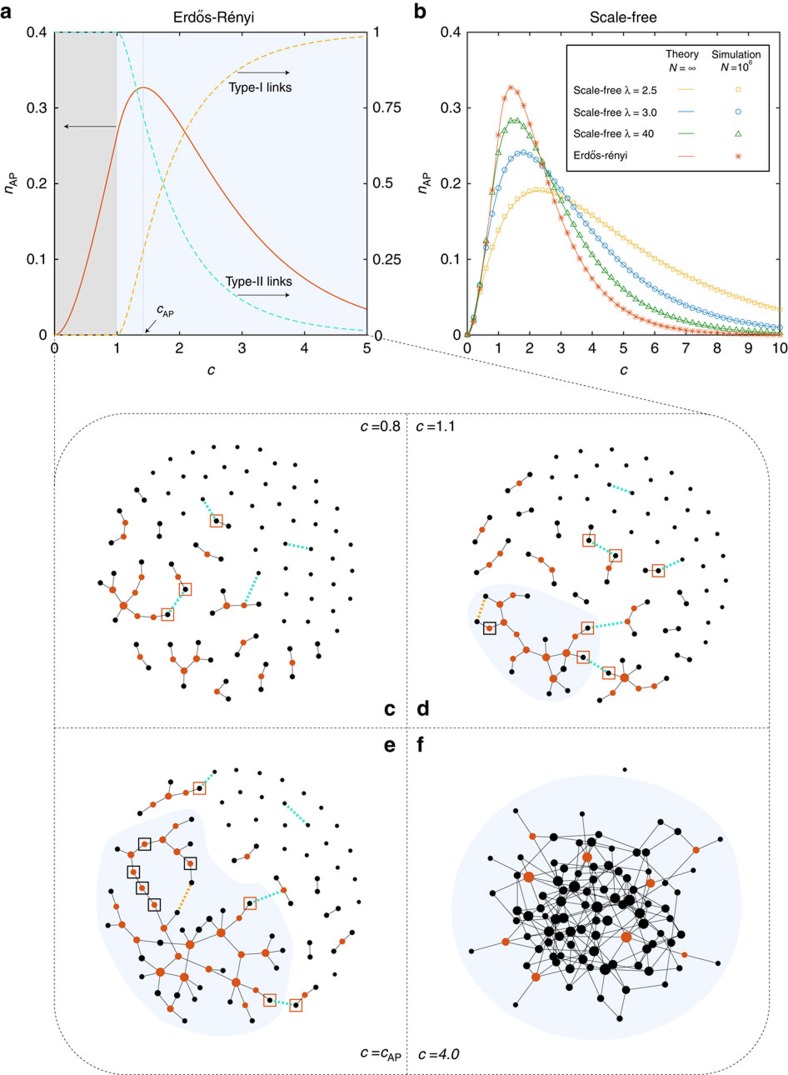Figure 3. Fraction of articulation points in two canonical model networks.
(a) Erdős-Rényi random networks20; (b) Scale-free networks with different degree exponents λ. In a, the fraction of articulation points (nAP) is shown as red line. The probabilities of adding type-I (yellow dashed line) and type-II links (turquoise dashed line) are also shown. In b, we use the static model26 to construct scale-free networks with asymptotically power-law degree distribution  . Simulations are performed with network size N=106 and the results (symbols) are averaged over 128 realizations with error bars (s.e.m.) smaller than the symbols. Lines are our theoretical predictions. (c–f) Illustrations of articulation points (red nodes), type-I links (yellow dashed lines) and type-II links (turquoise dashed lines) in Erdős-Rényi random networks of different mean degrees. Note that adding a single type-II link at most convert two normal nodes to articulation points (orange boxes), while adding a single type-I link could convert much more articulation points back to normal nodes (black boxes). This explains why the peak of nAP emerges even though the probability of adding type-II links is still larger than that of adding type-I links. The largest connected component is highlighted in light blue in d–f.
. Simulations are performed with network size N=106 and the results (symbols) are averaged over 128 realizations with error bars (s.e.m.) smaller than the symbols. Lines are our theoretical predictions. (c–f) Illustrations of articulation points (red nodes), type-I links (yellow dashed lines) and type-II links (turquoise dashed lines) in Erdős-Rényi random networks of different mean degrees. Note that adding a single type-II link at most convert two normal nodes to articulation points (orange boxes), while adding a single type-I link could convert much more articulation points back to normal nodes (black boxes). This explains why the peak of nAP emerges even though the probability of adding type-II links is still larger than that of adding type-I links. The largest connected component is highlighted in light blue in d–f.

